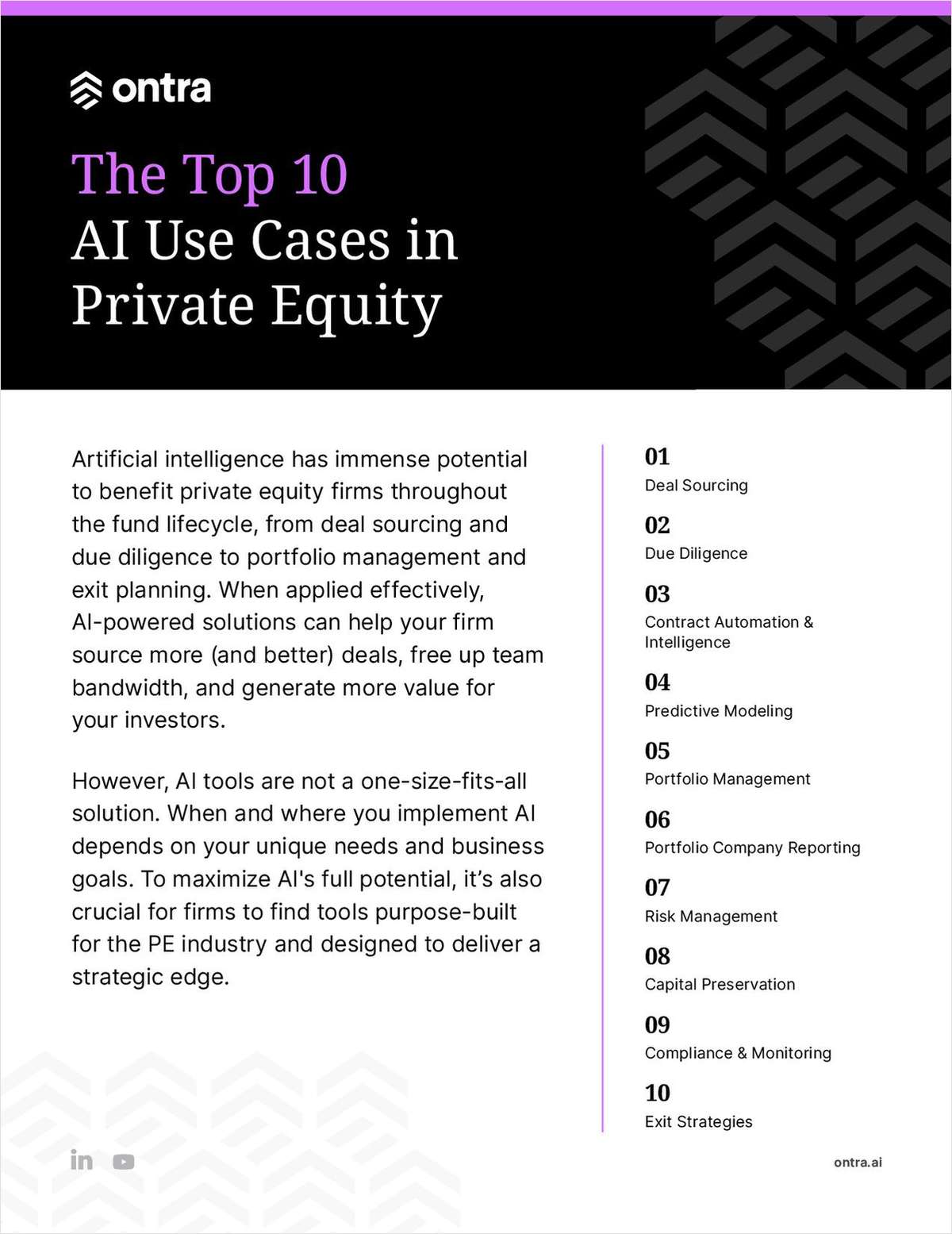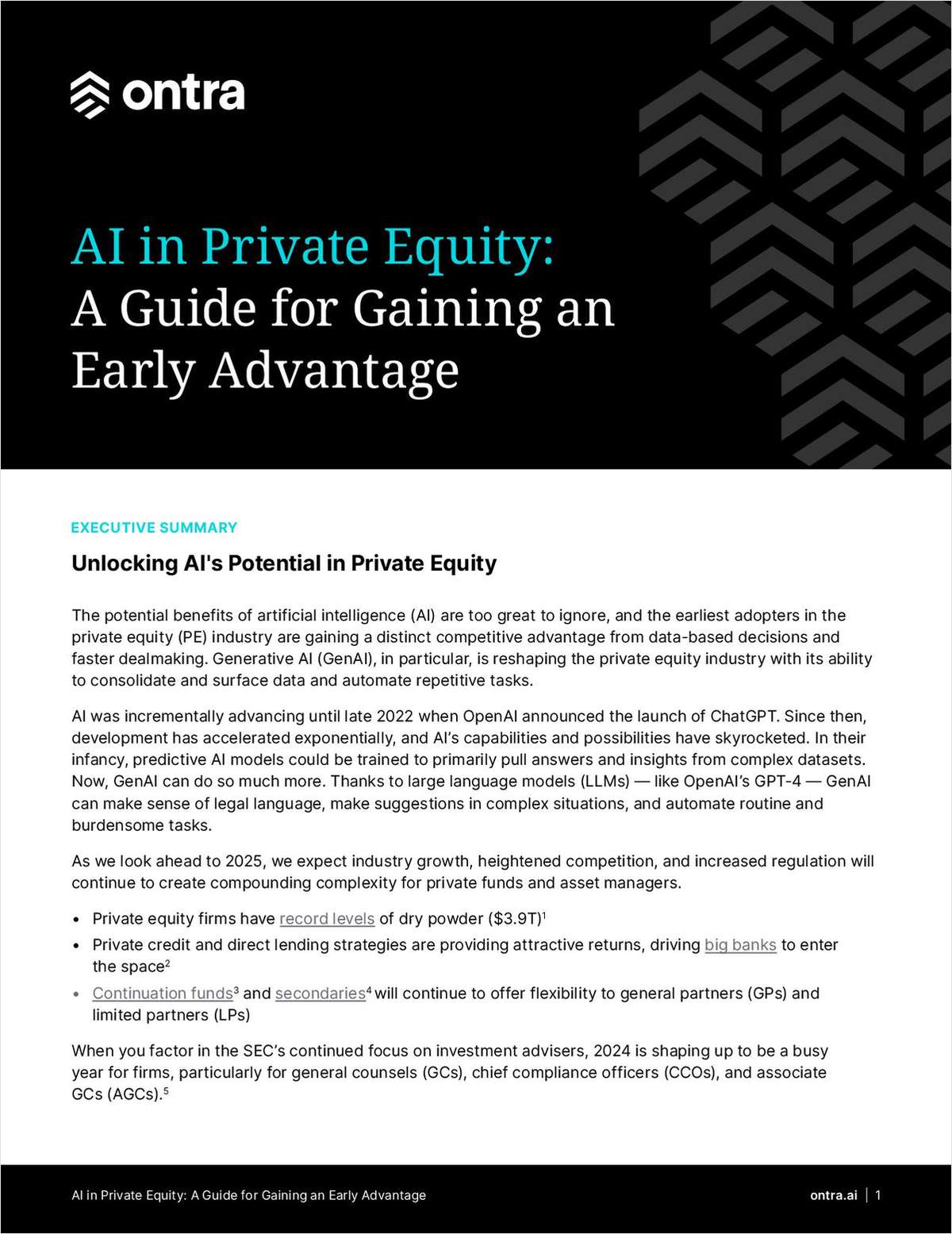Hiding Female Equity Partner Numbers Makes a Mockery of Law Firm Gender Claims
Most of the U.K.'s top 10 law firms refuse to say how many of their equity partners are female.
September 26, 2019 at 07:12 AM
5 minute read
Behind all the slogans and initiatives around gender equality are vast stores of equity partner profits, concentrated in the hands of men.
Ask any law firm leader and they'll tell you that gender parity is high on the agenda. Targets set, initiatives launched, PR strategies carefully devised. But much of the progress we've seen lately evades one of the things that matters most: the number of women with a share in the equity.
Despite this modern era of transparency in which firms have started to disclose once-sensitive data on their pay gaps among women and, to a lesser extent, ethnic minorities, many still keep schtum on the equity. Most of the U.K.'s top 10 firms refused to disclose the gender divide at equity level when asked by Legal Week.
That included four of the five Magic Circle firms – Clifford Chance, Freshfields Bruckhaus Deringer, Allen & Overy and Linklaters. Slaughter and May, on the other hand, revealed that about a quarter (25%) of its partnership was female and equity.
Other major U.K. firms to duck the question include Herbert Smith Freehills and Eversheds Sutherland. Replies were invariably along the lines of: "This is not something we disclose." Via email, one simply responded: "N/A."
The effect is that the gender divide at equity level is overlooked as a yardstick for measuring gender equality in law. It's a clever sleight of hand. This way, any ostensible shift by a law firm toward parity, however negligible, gets plaudits while the underlying issue goes unresolved.
Common are the stories around 'creating gender balance on teams', 'promoting diversity among barristers we instruct', 'topping associate gender rankings' and 'launching outreach programmes for female students'. And many of these are worthwhile efforts.
But when the equity partnership – the beating heart of any law firm – is sheltered from censure, how seriously can we take these grand proclamations and initiatives on gender diversity?
To get a sense of the scale of the problem, a Thomson Reuters study in June – Transforming Women's Leadership in Law – found that 22% of equity partners at law firms were women, representing "a significant drop-off compared to the 61% of trainees who are women".
A person at Acritas – the company that conducted the research – said the 22% figure is an aggregate of data obtained from about 2,000 partners at a variety of law firms, rather than from the firms themselves. Acritas was unable to provide a breakdown of individual firm data.
Simply put, this figure can't be used to hold any one law firm to account.
Many firms have started disclosing their overall partner gender pay gap, albeit amid parliamentary pressure. And not all top firms have shirked questions about gender balance at equity.
CMS has reported a 31% female partnership, of whom nearly all (95%) are equity partners, for example. At Gowling WLG, 84 of 148 female partners have a share in the equity, and at DLA Piper all 254 global female partners are equity. Not quite 50% of Ashurst's 102 U.K. female partners are equity, while Hogan Lovells (63% of its female partnership) outstripped Pinsent Masons (18%) and Clyde & Co (17%).
Though some of these numbers are alarmingly low, it seems almost perverse to criticise these more transparent firms while others remain so obstinately private.
For those that hide the numbers, gender inequality at the top is free to quietly persist. And when questioned, stock responses are common.
For example, where a firm operates a lockstep pay model, the popular retort is that it will take time for things to change. "Women will come through the system, but that could take a number of years because we're lockstep," said one person at a Magic Circle firm, a sentiment echoed by others.
Being at the mercy of this inch-at-a-time model accords firms a go-to platitude on which to rest their laurels. Meanwhile, they can continue to peddle out pay gap numbers on the salaried and fixed-share partnership, which do little to shed light on the situation among equity players and may in fact have a contradictory effect, according to one senior female partner at an international firm.
"Law firms posting glowing pay gap figures at partner level but not in the equity is a nonsense," she says. "You throw in the equity figure and you can watch neat little single-digit numbers balloon to double-digit pay gaps."
Also calling for transparency at equity level, another female partner at a large U.K. firm asks whether "salaried partners" are "even partners at all", adding: "It's all about the equity… We need numbers on the real partners."
For women just entering the profession, the hope of equality still exists. Not least because they are lured by law firms parading diversity initiatives whose outcomes are visible only at the more junior end of the career ladder. Yet as long as the gender divide at the top remains a clandestine affair, there will persist a gap not only in pay, but also in how much one can really know about their anticipated career path.
Most firms seem to acknowledge that change is needed to bring about a better gender balance. But until we see complete transparency at equity level, law firms raving about their diversity credentials at best smacks of hypocrisy, and at worst, of a cover-up.
This content has been archived. It is available through our partners, LexisNexis® and Bloomberg Law.
To view this content, please continue to their sites.
Not a Lexis Subscriber?
Subscribe Now
Not a Bloomberg Law Subscriber?
Subscribe Now
NOT FOR REPRINT
© 2024 ALM Global, LLC, All Rights Reserved. Request academic re-use from www.copyright.com. All other uses, submit a request to [email protected]. For more information visit Asset & Logo Licensing.
You Might Like
View All

HSF Locks In Its American Dream. But What Will a U.S. Merger Mean For its Asia Practice?
Trending Stories
- 1Friday Newspaper
- 2Judge Denies Sean Combs Third Bail Bid, Citing Community Safety
- 3Republican FTC Commissioner: 'The Time for Rulemaking by the Biden-Harris FTC Is Over'
- 4NY Appellate Panel Cites Student's Disciplinary History While Sending Negligence Claim Against School District to Trial
- 5A Meta DIG and Its Nvidia Implications
Who Got The Work
Michael G. Bongiorno, Andrew Scott Dulberg and Elizabeth E. Driscoll from Wilmer Cutler Pickering Hale and Dorr have stepped in to represent Symbotic Inc., an A.I.-enabled technology platform that focuses on increasing supply chain efficiency, and other defendants in a pending shareholder derivative lawsuit. The case, filed Oct. 2 in Massachusetts District Court by the Brown Law Firm on behalf of Stephen Austen, accuses certain officers and directors of misleading investors in regard to Symbotic's potential for margin growth by failing to disclose that the company was not equipped to timely deploy its systems or manage expenses through project delays. The case, assigned to U.S. District Judge Nathaniel M. Gorton, is 1:24-cv-12522, Austen v. Cohen et al.
Who Got The Work
Edmund Polubinski and Marie Killmond of Davis Polk & Wardwell have entered appearances for data platform software development company MongoDB and other defendants in a pending shareholder derivative lawsuit. The action, filed Oct. 7 in New York Southern District Court by the Brown Law Firm, accuses the company's directors and/or officers of falsely expressing confidence in the company’s restructuring of its sales incentive plan and downplaying the severity of decreases in its upfront commitments. The case is 1:24-cv-07594, Roy v. Ittycheria et al.
Who Got The Work
Amy O. Bruchs and Kurt F. Ellison of Michael Best & Friedrich have entered appearances for Epic Systems Corp. in a pending employment discrimination lawsuit. The suit was filed Sept. 7 in Wisconsin Western District Court by Levine Eisberner LLC and Siri & Glimstad on behalf of a project manager who claims that he was wrongfully terminated after applying for a religious exemption to the defendant's COVID-19 vaccine mandate. The case, assigned to U.S. Magistrate Judge Anita Marie Boor, is 3:24-cv-00630, Secker, Nathan v. Epic Systems Corporation.
Who Got The Work
David X. Sullivan, Thomas J. Finn and Gregory A. Hall from McCarter & English have entered appearances for Sunrun Installation Services in a pending civil rights lawsuit. The complaint was filed Sept. 4 in Connecticut District Court by attorney Robert M. Berke on behalf of former employee George Edward Steins, who was arrested and charged with employing an unregistered home improvement salesperson. The complaint alleges that had Sunrun informed the Connecticut Department of Consumer Protection that the plaintiff's employment had ended in 2017 and that he no longer held Sunrun's home improvement contractor license, he would not have been hit with charges, which were dismissed in May 2024. The case, assigned to U.S. District Judge Jeffrey A. Meyer, is 3:24-cv-01423, Steins v. Sunrun, Inc. et al.
Who Got The Work
Greenberg Traurig shareholder Joshua L. Raskin has entered an appearance for boohoo.com UK Ltd. in a pending patent infringement lawsuit. The suit, filed Sept. 3 in Texas Eastern District Court by Rozier Hardt McDonough on behalf of Alto Dynamics, asserts five patents related to an online shopping platform. The case, assigned to U.S. District Judge Rodney Gilstrap, is 2:24-cv-00719, Alto Dynamics, LLC v. boohoo.com UK Limited.
Featured Firms
Law Offices of Gary Martin Hays & Associates, P.C.
(470) 294-1674
Law Offices of Mark E. Salomone
(857) 444-6468
Smith & Hassler
(713) 739-1250












